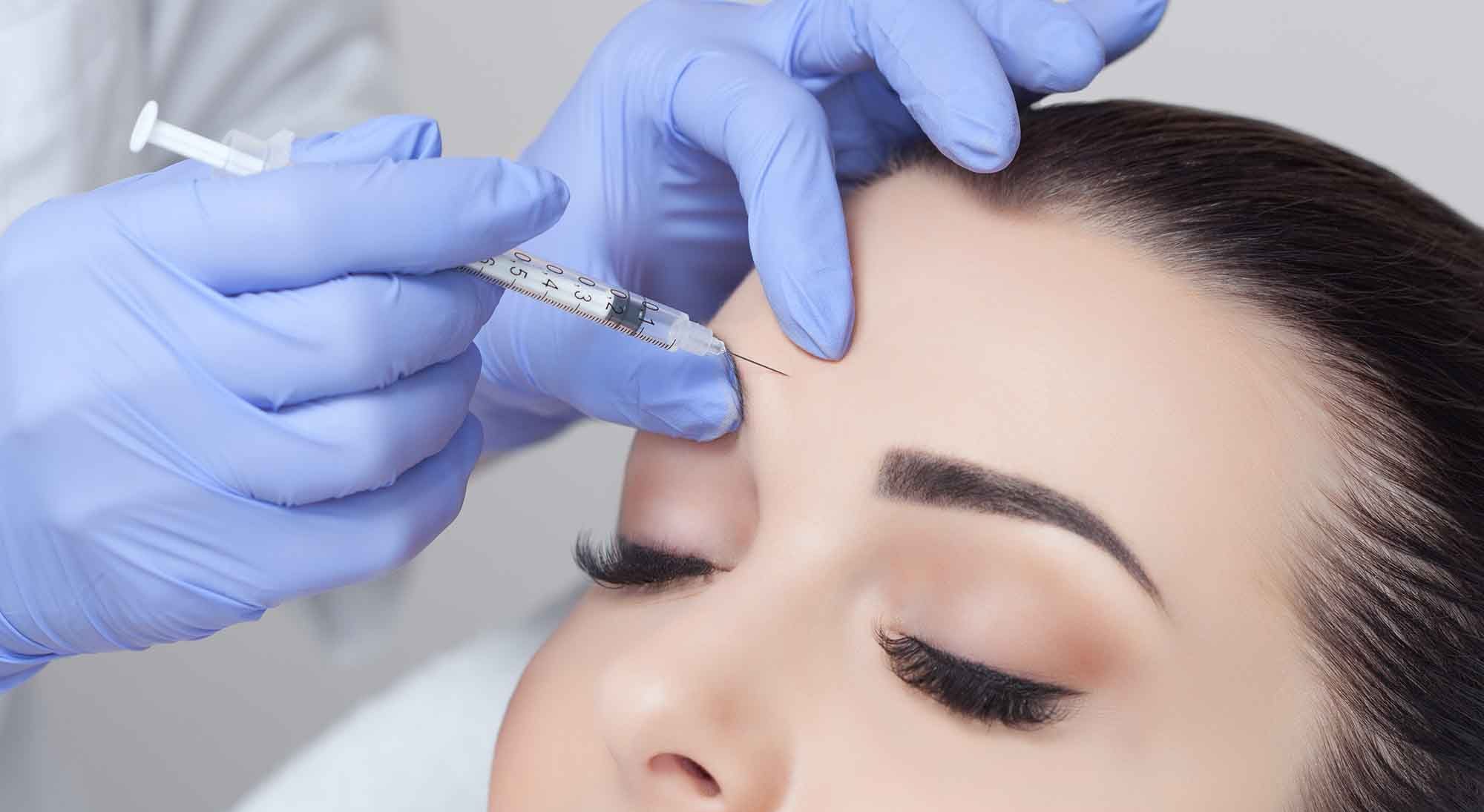 What do we do now if we can’t advertise Botox? Amy Rose Jones explains where dental practices need to change.
What do we do now if we can’t advertise Botox? Amy Rose Jones explains where dental practices need to change.
You’ve no doubt noticed that ASA (the Advertising Standards Authority) has cracked down on Botox. As a prescription-only medicine, you cannot advertise directly to the public and that means your patients. When it’s a service that you provide, where does this leave you? Can you write about it at all?
You can – but there are things you must avoid when you do. These are:
- Using the words Botox, botulinum toxin, Vistabel, Dysport, Bocouture, and Azzalure in social media posts, website homepages, web page titles, and logos
- Using language that would influence a consumer’s decision on having the treatment
- Referring to solutions that are beyond the summary of product characteristics (SPC)
- Referring to Botox directly as an option (this covers calling it ‘anti-wrinkle injections’).
What’s in a word
The main issue that ASA has is with the word itself. Website homepages, marketing collateral and social media posts cannot use the word Botox. This covers the brand Botox as well as other brands of botulinum toxin, Vistabel, Dysport, Bocouture, and Azzalure.
This may seem a bit strict, but in online marketing, words are pretty powerful, especially searchable ones. Using these words in any way, shape or form in a way that could result in your patients finding the service on your website is considered as advertising the product, so is not allowed.
Stick to the facts
You can still talk about the treatment, but if you do, it has to be facts only. This means you may need to reword what you have on your site.
Text that you can use has to stick within the parameters of the SPC. You can say what Botox is, what it does and how it is used. You can’t say what it will treat – so anything referring to hyperhidrosis, platysmal wrinkles, migraines.
While Botox is proven to treat these conditions and can be prescribed as such, it can’t be advertised this way. Those parts of the discussion should happen between the patient and the prescriber, not the user and advertiser.
Consultation before treatment
It’s not all doom and gloom. While you can’t advertise Botox, you can advertise yourselves. The ASA advises that instead of advertising Botox, you should instead advertise the consultation service. So here’s an example of this:
‘Wrinkles are an inevitable part of life. We offer treatments that can help tackle these lines. Our qualified specialists are best suited to give you advice on what treatment will work best for you. Get in touch to arrange a consultation with our clinician.’
It’s important to really drive home the consultation side of the service and how it tailors to each patient. This gives the impression that Botox is just one solution to wrinkles. While Botox might be the product that is on everyone’s minds, we can’t advertise it as a stand-alone service. If we do have to advertise it, it’s part of a package – just like how whitening is just part of a smile makeover.
Still stuck?
If your website is in breach, the first thing to do is not panic. There is plenty of advice around and you can even get in touch with CAP to check your content. CAP will tell you exactly what breaches the code and how to fix it.
You can also speak to us. At Dental Design, we manage and help over 400 dental practices with their websites and online marketing and we’ve been doing it for 20 years. We help you cut through the legalese and get to how we can get your website compliant with advertising standards.
Get in touch on 01202 677277 for us to answer your questions. You can also find out more about us on our website – www.dental-design.marketing.


